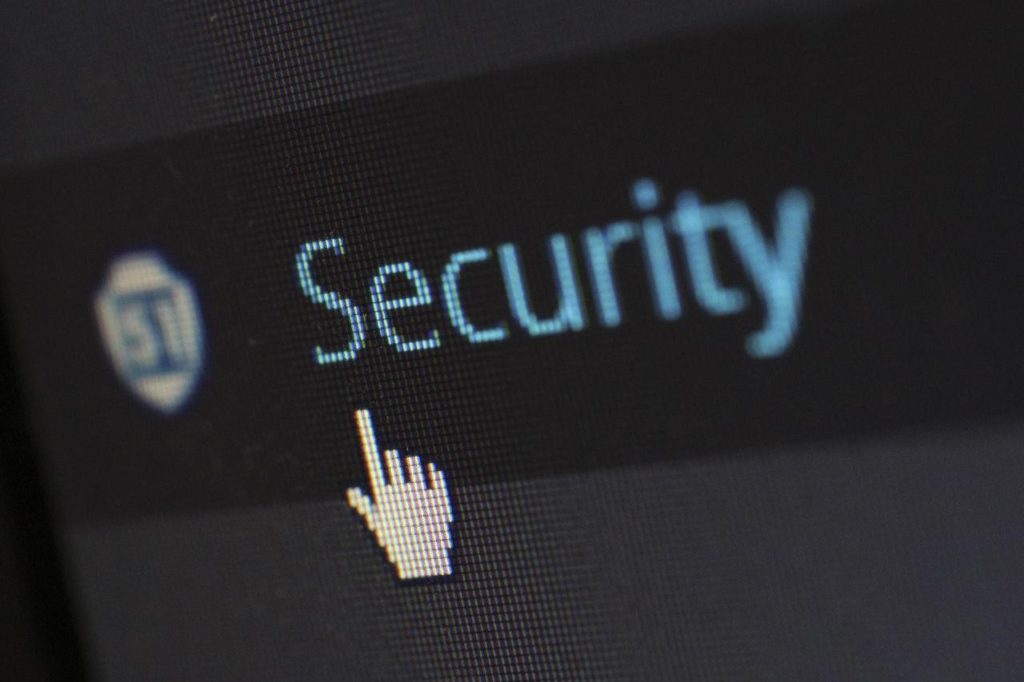Data breaches are not an uncommon occurrence. For instance, in 2018, more than 600 data breaches happened in the US, exposing millions of customer’s information at risk. The worst part is that cyber attackers are attacking both small and mid-size companies.
As such, if you are assuming that your business cannot be a target of cyberattacks due to its size, you are wrong. On the contrary, small businesses are a higher target of cyber attackers due to their unpreparedness.
Due to the threat that cyber-attacks pose on businesses, business owners need to discover ways to protect their businesses. Luckily, there are myriads of data security measures that companies can use to protect themselves against cyberattacks, including end-to-end encryption.

Table of Contents
What is End-to-End Encryption?
We bet you’ve heard the term end-to-end encryption numerous times. But do you know what it means? Do you know how it works? Don’t worry; we are here to help.
In simple terms, end-to-end encryption means that a third-party cannot access the data being transmitted. As such, when you send data online, anyone without the key cannot decrypt it. Only you (the sender) and the recipient can access the data.
So, How Does the Encryption Work?
Imagine you are sending a product to a recipient through a third-party. The third-party can decide to open it to see what message you are sending and even worse alter it. However, you can avoid this if you choose to seal the product in such a way that only the person with the key can open it.
The same case applies when exchanging data online. Depending on the data in use encryption, your data can be breached at various points before it gets to your intended recipient. However, you can avoid this by using end-to-end encryption, which blocks anyone without the key from accessing the data being transmitted.
Do You Actually Need End-to-End Encryption?
We are in 2020, and most conversations are happening online. End-to-end encryption is a must-have if you want to protect your online discussions from a breach.
Whether you are having a business conversation or discussing family matters, you should ensure that your sensitive information is not breached.
What’s more, many cases of identity theft have been reported in the recent past. Such atrocities are conducted without people’s knowledge, where their identities are used to spread fake news or even manipulate people’s standpoints.
End-to-end encryption helps prevent people with ill motives from accessing your personal information and use it to engage in malicious acts. End-to-end encryption uses encryption algorithms and keys to improve data security.
Types of Encryption
There are two types of encryption: the asymmetric and symmetric Encryption. In most cases, end-to-end encryption is asymmetric. As such, you can encrypt chats, emails, and even online calls.
Unlocking information encrypted by asymmetric encryption requires two keys. It is a more sophisticated form of encryption that uses a public and a private key. Just as the name suggests, anyone can use the public key to transfer data. A private key, on the other hand, is protected by the owner.
So, How Secure is Data Encryption?
Depending on how you’ve encrypted your data, it can take many years for hackers to access it. The strength of encryption is based on the number of bits available on the keys. Ideally, the fewer the number of bits, the weaker the encryption and vice versa.
Why Do Some Companies Avoid End-to-End Encryption?
Many reasons would make companies avoid using end-to-end encryption. Among other things, some customers would want to access customer’s data, for instance, search habits and browsing patterns for advertisement purposes.
How is End-to-end Encryption Different from Others?
As opposed to other forms of encryption, end-to-end encryption does not depend on third-party to encrypt information being transmitted on the internet. Such types of encryption can allow law enforcement agencies to access encrypted messages if they get a search warrant.
However, with end-to-end encryption, no one can get access to an encrypted message when it is being transmitted on the internet. As such, intelligence agencies or spies need to approach either the sender or recipient to access the encrypted message. Another option is to hack the recipient’s or sender’s device, which is not easy.
This is both a good and a bad thing. As much as it protects the customer’s information from a breach, it also protects those engaging in terrible things. It makes it hard for government agencies and surveillance experts to gather the information that would help track down harmful elements such as terrorists and human traffickers.

